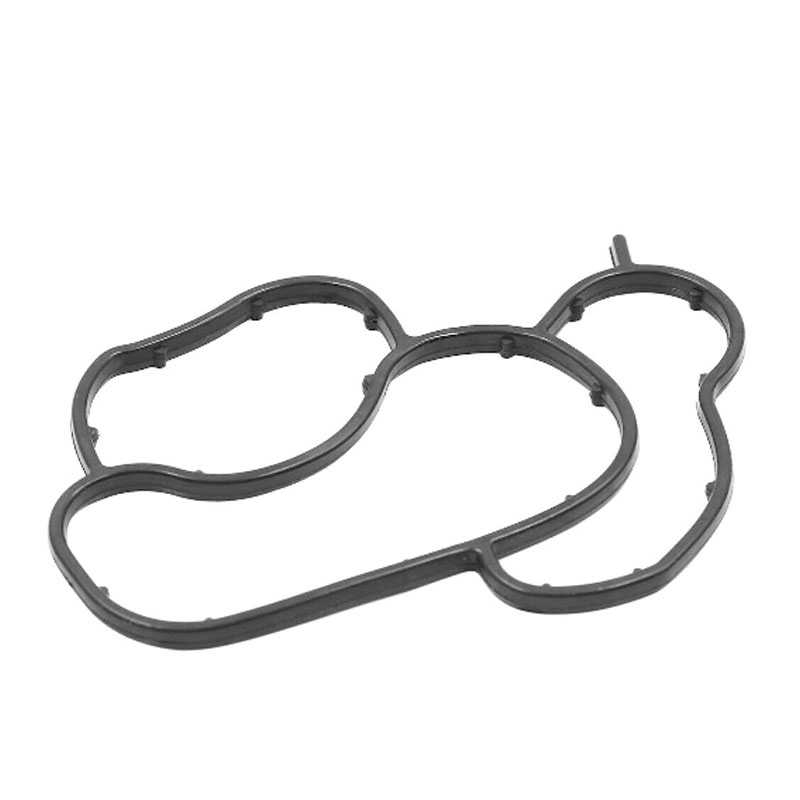Understanding the Role of Transmission Input Shaft Seals in Vehicle Performance
Understanding the Importance of the Transmission Input Shaft Seal
The transmission input shaft seal is a crucial component of any vehicle’s transmission system, playing a pivotal role in ensuring efficient operation and longevity of the transmission. This seal acts as a barrier, preventing fluid leaks from the transmission housing to the outside environment, thus maintaining proper fluid levels necessary for optimal functioning. In this article, we will dive into the details of the transmission input shaft seal, its functions, common problems, and tips for maintenance and replacement.
What is the Transmission Input Shaft Seal?
The transmission input shaft seal is typically located at the front of the transmission, where the input shaft enters the transmission case. This seal is designed to keep transmission fluid contained within the transmission, allowing it to lubricate and cool the internal components. A properly functioning input shaft seal is critical in preventing leaks that can lead to low fluid levels, which, in turn, can cause significant damage to the transmission.
Functions of the Transmission Input Shaft Seal
1. Leak Prevention The primary function of the input shaft seal is to prevent the transmission fluid from leaking out of the transmission. A leak can lead to insufficient lubrication, causing wear and tear on vital components.
2. Fluid Retention The seal helps retain transmission fluid, ensuring that there is an adequate supply for smooth shifting, effective cooling, and overall transmission performance.
3. Contamination Protection Besides keeping the fluid in, the seal also protects the fluid from contaminants entering the transmission. Dust, dirt, and debris can compromise fluid quality and transmission health, so the seal plays an essential protective role.
Common Problems with the Transmission Input Shaft Seal
Over time, the input shaft seal may experience wear and tear, leading to various problems
1. Fluid Leaks One of the most evident signs of a failing input shaft seal is fluid leakage. If you notice puddles of red or brown fluid under your vehicle, it could indicate that the input shaft seal is compromised.
transmission input shaft seal

2. Transmission Slippage A failing seal can lead to low fluid levels, causing the transmission to slip. This may result in difficulty shifting gears or a delayed response when accelerating.
3. Overheating Insufficient fluid due to leaks can cause the transmission to overheat. This can lead to catastrophic failure if not addressed promptly.
4. Noise If the input shaft seal is damaged, it may allow additional contaminants into the transmission, leading to unusual noises while driving, such as grinding or whining.
Maintenance and Replacement
Regular maintenance can prolong the life of your vehicle's transmission, including the input shaft seal. Here are some tips
1. Regular Inspection Have your transmission checked regularly by a qualified mechanic. They can assess the condition of the input shaft seal and other components for wear and damage.
2. Fluid Checks Regularly check the transmission fluid level and quality. Low or dirty fluid can indicate a leak or other issues that may require attention.
3. Prompt Repairs If you notice signs of leakage or other issues, address them immediately. Replacing a faulty input shaft seal is far less costly than a complete transmission overhaul.
4. Professional Replacement If you determine that the input shaft seal needs replacement, it is advisable to seek the assistance of a professional mechanic. They have the tools and expertise to do the job correctly and can ensure that the transmission is functioning optimally.
In conclusion, the transmission input shaft seal is a small but vital component that plays a significant role in the overall health and performance of a vehicle's transmission system. Understanding its functions, recognizing potential problems, and adhering to maintenance guidelines can help you avoid costly repairs and ensure a smoother driving experience. Regular checks and timely interventions can keep your transmission running like new for years to come.
-
Simplifying Oil Changes: A Comprehensive Guide to Oil Drain Plugs and Their Variants
News Aug.04,2025
-
Mastering Oil Drain Maintenance: Solutions for Stripped, Worn, and Upgraded Oil Plugs
News Aug.04,2025
-
Fixing Oil Pan Plug Issues: Leaks, Stripped Nuts, and the Right Replacement Solutions
News Aug.04,2025
-
Everything You Need to Know About Oil Drain Plugs: Sizes, Fixes, and Upgrades
News Aug.04,2025
-
Choosing the Right Oil Drain Plug: A Guide to Sizes, Materials, and Drain Innovations
News Aug.04,2025
-
A Complete Guide to Automotive Drain Plugs: Types, Problems, and Innovative Solutions
News Aug.04,2025
-
The Ultimate Guide to Car Repair Kits: Tools and Essentials Every Driver Should Own
News Aug.01,2025
Products categories















